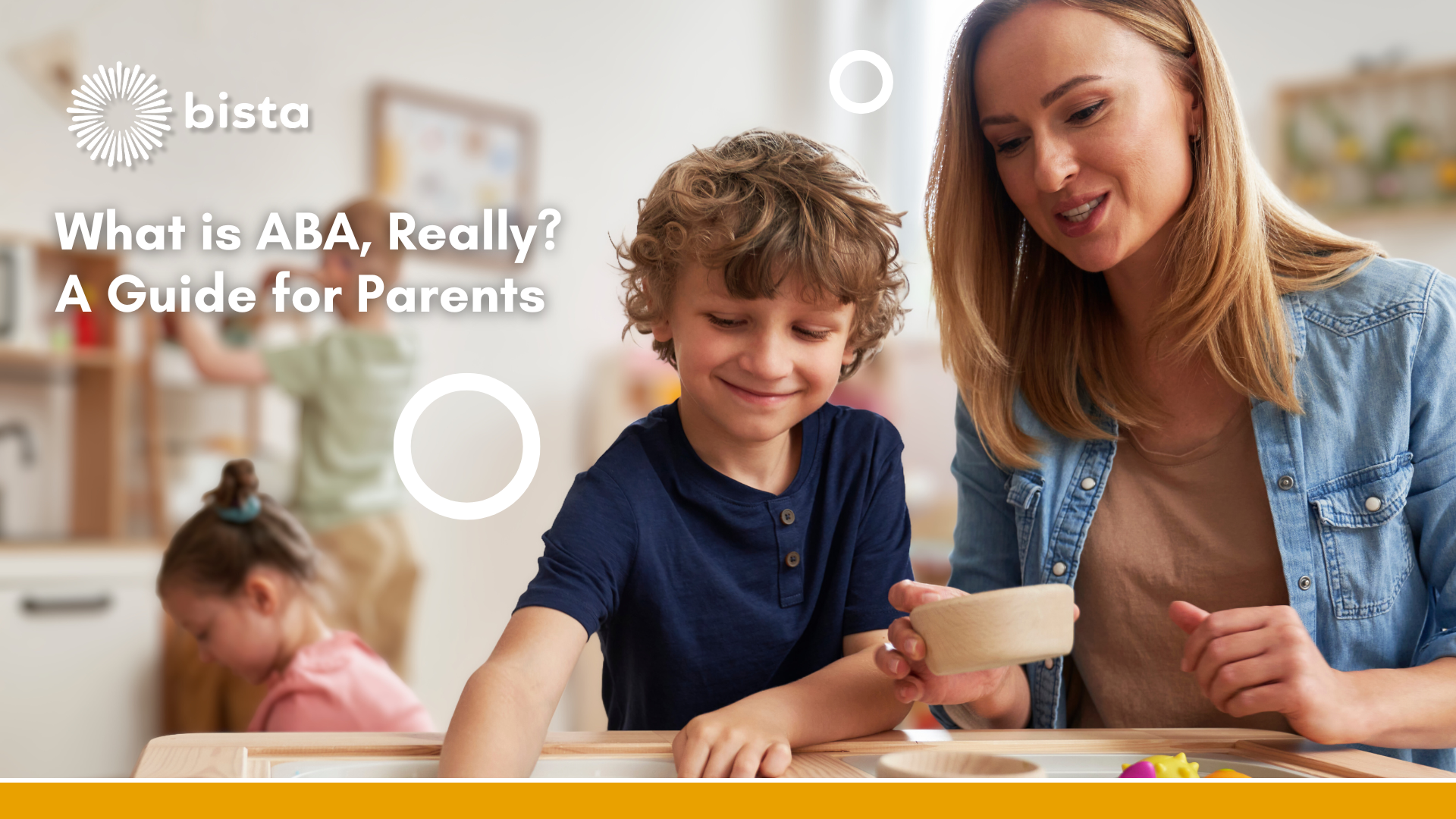Sensory processing plays a significant role in how children experience the world, impacting their learning, behavior, and communication. When sensory needs are not met, children may struggle with focus, interaction, and engagement. Integrating sensory processing strategies into Applied Behavior Analysis (ABA) and speech therapy can provide a well-rounded approach, helping children build essential skills in a way that respects and accommodates their sensory needs.
Why Sensory Processing Matters in ABA and Speech Therapy
For many children, especially those with autism or developmental challenges, sensory processing issues can be a barrier to learning and communication. Sensory processing challenges might mean a child is sensitive to certain sounds, textures, or movements, or they may seek out specific sensory inputs, such as rocking or hand-flapping, to feel calm and focused.
Integrating sensory processing strategies into ABA and speech therapy can help children feel more comfortable and engaged in their sessions. By creating a sensory-friendly environment, therapists can address each child’s needs, allowing them to focus on learning new skills and building communication abilities.
How Sensory Processing Strategies Enhance ABA Therapy
In ABA, sensory processing strategies are used to enhance engagement and reduce behaviors stemming from sensory discomfort. Some common techniques include:
- Adjusting the Environment: ABA therapists may modify the therapy setting to reduce sensory distractions, such as loud noises or bright lights, allowing children to feel at ease and focus on their tasks.
- Incorporating Sensory Breaks: For children who benefit from movement or sensory input, structured breaks allow them to engage in sensory activities, such as jumping or squeezing a stress ball, before resuming therapy activities.
- Using Sensory-Based Reinforcements: Many children find sensory activities rewarding. Therapists can incorporate preferred sensory experiences, like a spin on a swing or a turn with a fidget toy, as positive reinforcements for task completion, supporting motivation while accommodating sensory needs.
Integrating Sensory Strategies in Speech Therapy
Sensory processing strategies in speech therapy can also make communication-focused sessions more effective. Since communication requires focus and comfort, sensory accommodations can be instrumental in helping children feel at ease and ready to express themselves. Key methods include:
- Incorporating Tactile Tools: Speech therapists can use textured or vibrating toys to help stimulate oral muscles and improve articulation, making speech exercises more engaging and sensory-friendly.
- Modifying Sensory Stimuli During Sessions: For children sensitive to auditory input, speech therapists may use soft-spoken cues or reduce background noise. This makes it easier for children to focus on sounds and words without becoming overwhelmed by sensory distractions.
- Using Visual Supports: Children who benefit from visual cues may use picture cards or visual schedules to support understanding, helping bridge communication by reducing the pressure of solely verbal instruction.
Benefits of a Sensory-Integrated Approach
By combining sensory processing techniques with ABA and speech therapy, therapists create an environment that respects children’s unique sensory preferences, allowing for more effective, enjoyable sessions. Some of the main benefits include:
- Improved Focus and Engagement: Sensory adaptations reduce distractions, helping children engage more fully in therapy activities, which supports skill acquisition and retention.
- Reduced Anxiety and Behavioral Challenges: Addressing sensory sensitivities proactively can reduce discomfort-related behaviors, helping children feel safer and more at ease in therapy.
- Enhanced Communication: Sensory-friendly strategies in speech therapy can make it easier for children to concentrate on communication exercises, building language skills in a comfortable and supportive setting.
Fostering Growth Through Sensory Integration
Integrating sensory processing strategies into ABA and speech therapy offers a compassionate, effective approach to supporting children’s growth. At BISTA Center, we believe that every child’s sensory needs are unique, and we are committed to providing personalized therapy that respects and nurtures each child’s sensory profile. By accommodating sensory needs within our therapeutic approach, we help children build essential skills in an environment that supports their comfort, engagement, and success.
By focusing on sensory-friendly methods, ABA and speech therapy become not only more effective but also more enjoyable, empowering children to thrive as they build foundational skills for a lifetime.



